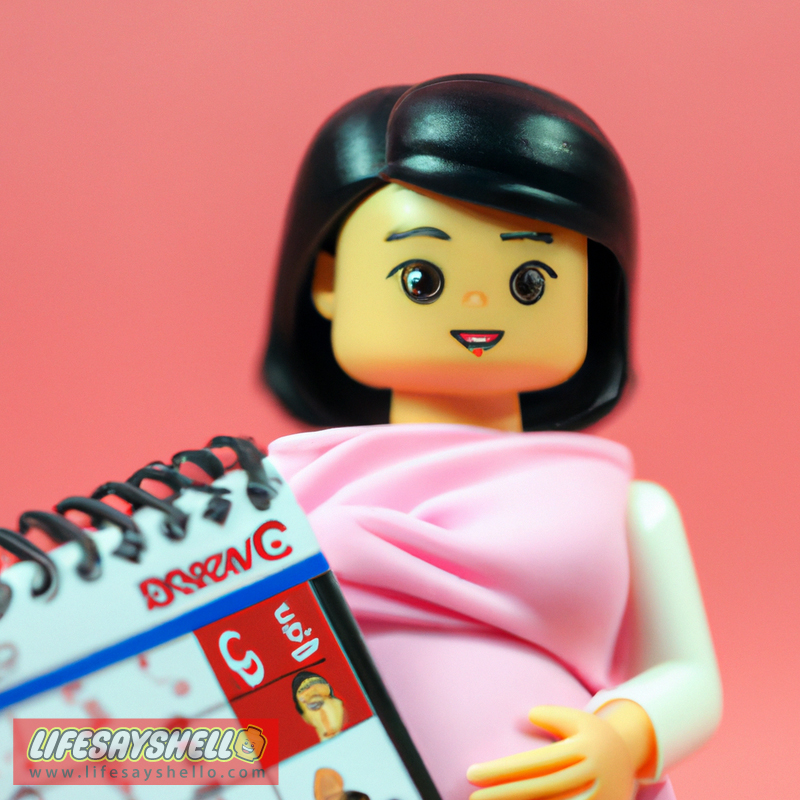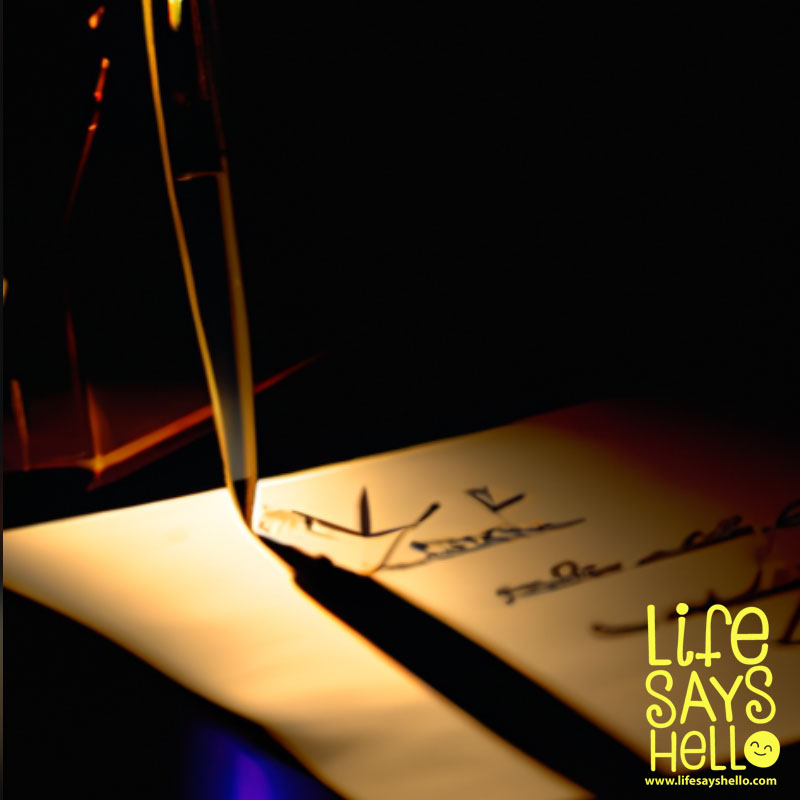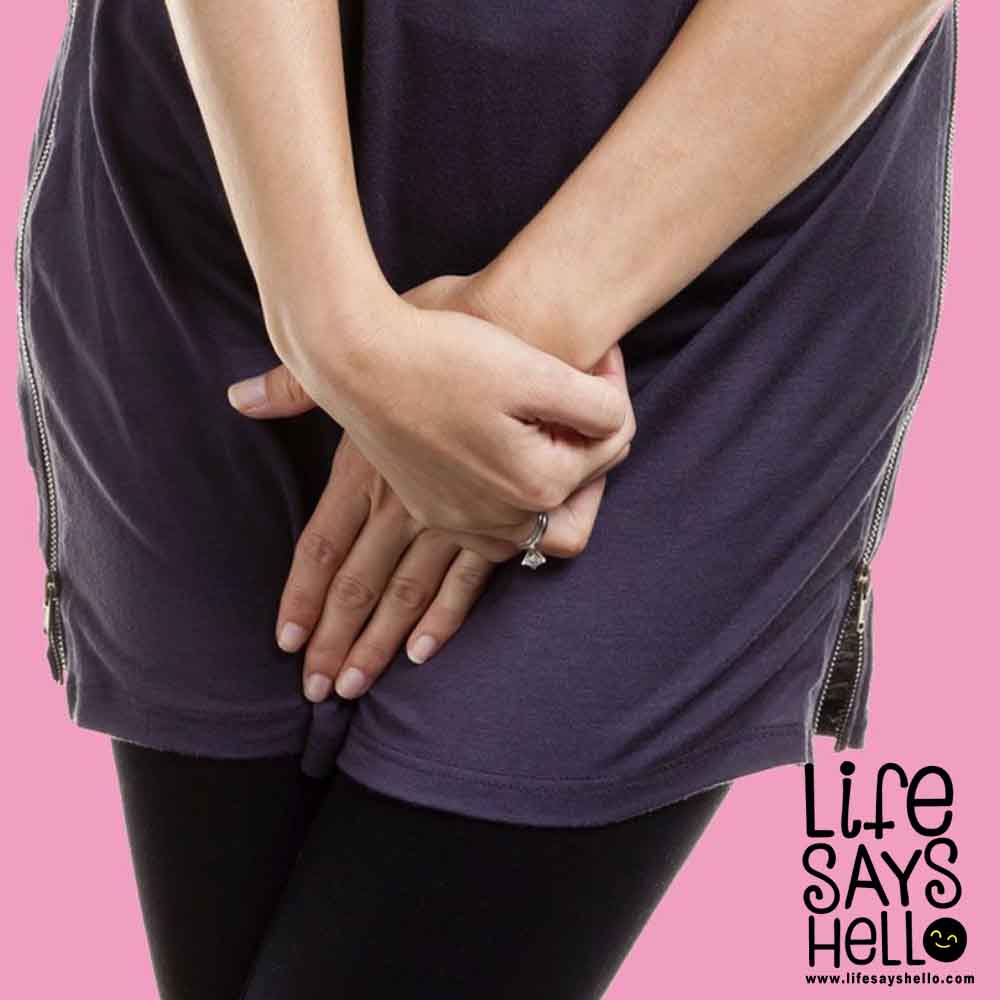Does the Chinese Gender Predictor Actually Work? Examining This Ancient Calendar Method

Since ancient times, expectant parents have looked for ways to find out their baby’s sex before birth. These days, medical ultrasounds can provide confirmation early on. But long before modern technology, how did people predict if they were having a boy or a girl? Cue the Chinese gender predictor chart - an ancient calendar method that claims it can determine your future child’s sex.
This centuries-old technique is shrouded in mystery. Some view it as an accurate, natural way to know your baby’s gender months before their arrival. Others consider it nothing more than an old wives’ tale.
So how exactly does this predictor work? Is there any science behind it, or is it all just for fun? Let’s examine the fact versus fiction around using China’s famous gender calendar.
A Calendar That Can See Into the Future?
According to legend, the Chinese gender predictor chart was buried hundreds of years ago in a royal tomb during the Qing Dynasty. The calendar found there was supposedly part of the royal family’s astrological records.
For generations, this ancient method has been used for prenatal sex prediction. Expectant Chinese mothers would consult masters or fortune tellers, who kept the secrect calendar in hand.
Over the centuries, the Chinese gender chart spread in popularity. In recent decades, it’s found a new life through websites and apps that let anyone access the calendar online.
Millions of parents across the globe now use this tool as early as conception to guess boy or girl. But many doubt whether there’s any real science backing its predictions.
How Exactly Does the Chinese Gender Predictor Work?
Using the Chinese gender chart is simple enough. All you need are two key dates:
- The mother’s date of birth
- Baby’s estimated conception date
With this info, the chart converts the mother’s age at conception into her lunar age. It also calculates the lunar month of conception.
The ancient calendar then uses these lunar dates to predict if the baby is a boy or girl. The entire methodology is shrouded in ambiguity, however.
There are no clear details about how the lunar calculations are made or how they produce the gender result. The origins of the chart provide no transparent insight either.
Unlike modern medical tests, no sound scientific rationale seems to exist. So does this old calendar really have any merit? Or is it closer to astrology and fortune telling?
Debate rages on about whether this technique holds water or is the equivalent of reading tea leaves. But devotees point to its long history of use as proof of concept.
Does Science Support This Ancient Method?
The Chinese gender predictor chart undoubtedly has cultural tradition on its side. But what does modern science have to say about its validity?
Unfortunately, there is zero scientific evidence that this method accurately predicts fetal sex. It has no medical merits whatsoever.
The calendar’s accuracy claims range wildly, from only 50% (no better than random chance) to as high as 90-95%. But none of these figures come from reputable research.
In fact, studies attempting to verify the Chinese gender predictor have found no correlation between the calendar and actual prenatal sex. Its success rate does not exceed standard probability.
Unlike medically proven sex determination from maternal blood testing or ultrasound imaging, the Chinese chart is grounded in folklore rather than fact.
But could there still be some environmental factors that accidentally make this calendar accurate some of the time? We can’t fully dismiss the possibility.
Using the Chinese Gender Predictor Today
Modern parents tempted to use the Chinese gender predictor calendar should view it lightheartedly. This ancient method can be a fun way to pass the waiting time. But it shouldn’t replace medical consultation.
Consider the Chinese chart an “old wives’ tale” rather than a foolproof technique. Let its prediction fuel your imagination and pregnancy speculation. But don’t paint the nursery or buy a wardrobe based on its results.
For guaranteed certainty well before birth, trust ultrasound imaging and prenatal blood tests. These definitive methods can confirm fetal sex as early as 7 weeks into pregnancy.
In the end, there’s no harm in peeking at the Chinese gender predictor. Just go in with realistic expectations, and leave the real gender determinations to your doctor.
If nothing else, this ancient calendar helps carry on cultural traditions from long ago. While we eagerly await the medical technology that tells us “boy or girl,” it’s fun to glimpse what past generations relied on during that anxious wait so many centuries ago.
So is the Chinese gender predictor accurate? That remains doubtful. But it still has a certain mysterious appeal that keeps this centuries-old tradition alive to this day.
Your Top Questions About This Ancient Calendar Answered
Still intrigued or skeptical about using China’s famous gender chart? Here are answers to some commonly asked questions.
How old is the Chinese gender calendar?
The origins of the chart are obscure. It’s said to have been buried in a Chinese tomb over 700 years ago. Some trace it back to the 13th century. There’s no definitive proof of its age, however.
What’s the accuracy of the Chinese gender chart?
There’s no sound data on the calendar’s accuracy. Some cite 70-90%, but there’s no evidence backing these inflated claims. Most consider its predictions no better than random chance.
How does the Chinese gender predictor work?
It uses the mother’s age and conception month to compute lunar dates. Supposedly, these dates determine the prediction. But the exact methods are opaque and lack medical rationale.
What info do you need to use the chart?
All you need is the mother’s full birth date and the baby’s estimated conception month to use the Chinese gender calendar.
Is there any science behind this calendar method?
No, there’s zero scientific evidence that this calendar accurately predicts baby gender. It’s considered an unproven folk belief with no medical merit.
When can I use the Chinese gender chart?
You can use it as soon as you know the mother’s birth details and baby’s conception month. But remember - it’s not considered scientifically valid.
Can the calendar really determine baby’s sex?
Likely not. There’s no proof it’s more accurate than flipping a coin. Take its prediction lightly for fun, not as fact. Rely on medical ultrasounds/testing for definitive results.
What are the lunar age and dates used for?
Supposedly, the chart uses lunar calculations to make its boy/girl predictions. But the exact methods are unclear. And there’s no medical proof lunar data impacts baby gender.
Why is the Chinese calendar method still used today?
It remains popular largely for its history and mystique. The chart provides early gender guesses without medical intervention. But its predictions should not replace medical advice.
Is this just an old wives’ tale for entertainment?
Basically, yes. There’s no solid evidence of the calendar’s accuracy. It’s mainly for fun speculation during pregnancy. Only trust medical testing for reliable results.
Let me know if you would like me to modify or expand this article further. I’m happy to keep refining it to meet your needs!




Comments